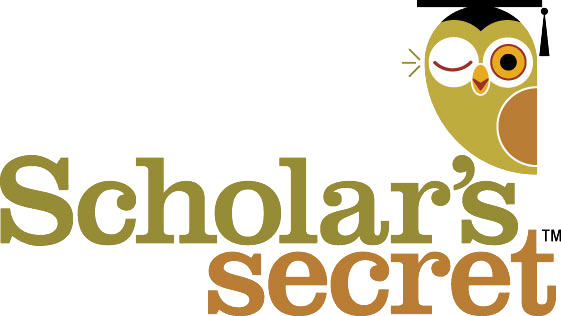Writers should do everything they can to connect to their readers. One great way to establish the connection is to provide an appropriate level of detail or evidence for the task at hand. Clever students should make a habit of seeking out, and then integrating, “advanced” information into all their writing assignments:
 Background info – to introduce your topic and put it in context – comes from “reference” tools like specialized encyclopedias, atlases, surveys, yearbooks, and statistical abstracts. Though students should start here, many skip or avoid these tools. But if you, as writer, expect to bring a topic to life for your reader, you’ll need to grab a few background facts first. Reference tools are a great place to find them.
Background info – to introduce your topic and put it in context – comes from “reference” tools like specialized encyclopedias, atlases, surveys, yearbooks, and statistical abstracts. Though students should start here, many skip or avoid these tools. But if you, as writer, expect to bring a topic to life for your reader, you’ll need to grab a few background facts first. Reference tools are a great place to find them.
Info about people – like authors, actors, athletes, business leaders, musicians, scientists, and others – is called “biographical.” Drawing on biographies and memoirs helps the writer understand and interpret a particular person’s motivations and feelings, which are just way more interesting than plain facts.
Info direct from the source. Incredibly, students often fail to consult the most interesting source of all. Beyond the library and the Internet is the human resource – the subject matter expert – who can describe or explain a phenomenon in real time, one-on-one. Experts / informants are everywhere: at local colleges, research institutes, businesses, and other organizations. Even the perspectives of family and friends can enrich a student’s writing. All you have to do is ask!
So here’s how details can help establish the writer-reader connection:
| WRITING THAT’S OKAY |
ADVANCED INFO SOURCE |
WRITING THAT CONNECTS! | |
| Background info | Most parents have their kids vaccinated against common childhood diseases. |
Government survey |
According to the US National Immunization Survey, over 95% of children 19-35 months of age were vaccinated against diptheria, tetanus, and pertussis in 2011 (Coverage). |
| Info about a person | Keith Richards, a founding member of the Rolling Stones, is known around the world for his searing guitar riffs on tunes like “Honky Tonk Women” and “Start Me Up.” |
Memoir |
In reverence and awe of the guitar masters who came before him, Keith Richards reveals in his memoir, Life, how he discovered, then transformed, open G tuning: “Ry Cooder was the first cat I actually saw play the open G chord – I have to say I tip my hat to Ry Cooder” (Richards 242). |
| Info direct from the source | Caring for an Alzheimer’s patient involves a great deal of strength, patience, and frustration. |
Caregiver interview |
“The absence of a meltdown in itself becomes one of life’s little victories,” Mrs. Owen explains. “A quiet day is a really good day” (Owens). |
Be sure to consult info about info, too! The happy owl is partial to “bibliographies” (either stand-alone or those appearing at the end of chapters, articles, and books). A well-annotated bibliography is a researcher’s dream: it saves tons of time and allows you to focus on writing instead.
Using advanced sources starts with an advanced mindset. It also takes practice. But making a solid connection with your reader makes the effort worthwhile. For help, ask a librarian – or contact the happy owl anytime!
“Coverage with Individual Vaccines and Vaccination Series, by State and Local Area (Excel file).” Centers for Disease Control and Prevention / Statistics and Surveillance: 2011 Table Data. Department of Health and Human Services, 6 Sept. 2012. Web. 4 Apr. 2013. http://www.cdc.gov/vaccines/stats-surv/nis/data/tables_2011.htm.
Owens, Janet. Personal Interview. 4 Apr. 2013.
Richards, Keith. Life. New York: Mindless Records, 2010. Print.

